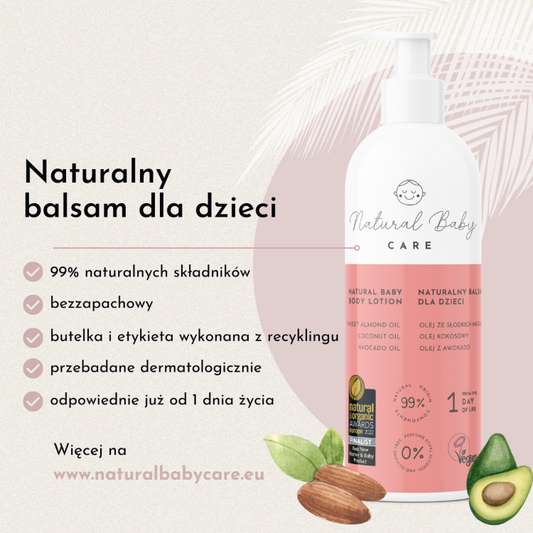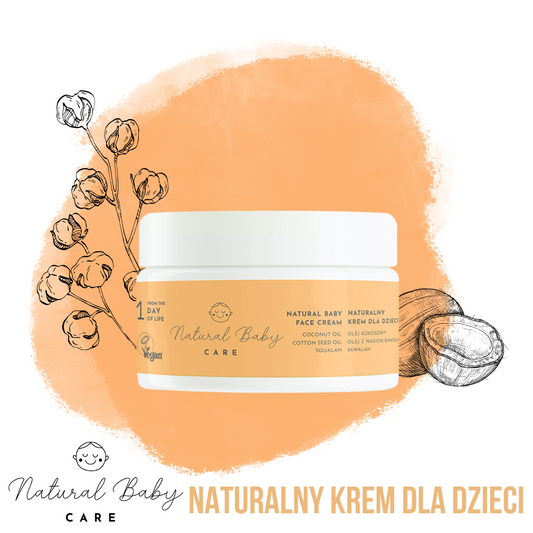Home > Knowledge Zone > Blog > Natural childbirth or cesarean section – which is better?

Natural childbirth or cesarean section – which is better?
Author : Natural Baby Care Team
Publication date: May 14, 2024
Reading time: 5 minutes
Natural childbirth, also known as vaginal birth, is the process by which a baby is born through the mother's birth canal. It is the oldest form of birth and brings many emotions and joys, but also challenges and uncertainties. On the other hand, cesarean section, a surgical procedure in which the baby is removed through an incision in the abdomen and uterus, is an increasingly popular option in many countries. Natural childbirth has many variants, depending on the mother's preferences and medical options, such as water birth, standing birth, or lying down. This unique experience can be supported by a midwife, partner, and other close family members. While often necessary due to complications or the mother's chosen method of birth, cesarean section is a planned surgical procedure that provides a controlled birth environment.
Check out cosmetics for your baby's delicate skin
Vaginal childbirth is often perceived as more natural and biologically compatible with the human body. Advantages of this method of birth include faster postpartum recovery, natural induction of lactation, better temperature regulation in the newborn, and the opportunity to experience mother-child bonding from the very first moments. However, it can be painful and require intense control from the mother, and can also lead to various complications, such as cuts, tears, or hemorrhage.
Did you know that...?
Collapsible content
Co lepsze – poród czy cięcie?
Kiedy dostanę dziecko po cięciu?
Czy poród boli?
Czy cięcie cesarskie boli?
Jakie znieczulenie podczas cięcia?
Czy podczas cięcia widzisz przebieg operacji?
Czy cięcie cesarskie to rodzenie?
Ile trwa poród?
Ile trwa cięcie cesarskie?











